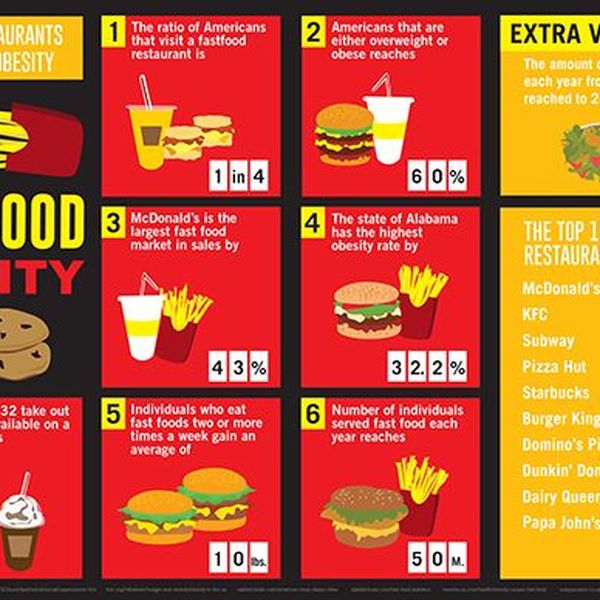It is a national epidemic that is affecting the lives of many individuals globally. The key factors that are linked to obesity are lifestyle factors, genetic factors and metabolic disorders. In the long run, it causes various complications known as metabolic syndrome. A metabolic syndrome is a group of conditions such as: increased blood pressure, excess body weight, increased levels of cholesterol or triglyceride levels that occur at the same time that increases your risk of heart disease, stroke, and diabetes (Barbour 2011).
Experients on Mini-Pigs
Obesity affects the functionality of most if not all of an individual’s body systems. Researchers in Germany decided to conduct a study on Göttingen minipigs to see the correlations of obesity and diseases. The article Metabolic syndrome and extensive adipose tissue inflammation in morbidly obese Göttingen minipigs had researchers study twenty-six female Göttingen minipigs (GM) over the course of seventy weeks. They were split into two experimental groups: lean and obese. The ration for the lean group was set up to meet the energy and nutrition requirement of normal adult pigs. The ration for the obese group increased consistently every week until the body weight for the GM was 80 to 100 kg.
Ultimately, after seventy weeks of being on a high-fat/high- energy (HFHE) diet the obese group showed that there was a correlation between obesity and metabolic syndrome that included hyperinsulinemia, hyperlipidemia and hypertension (Renner S. et al 2018). The study showed hyperinsulinemia and reduced glucose tolerance in the obese group (Renner S. et al 2018). Insulin has many roles which includes telling the cells to absorb and break down amino acids, glucose, fatty acids. The fatty acids are eventually turned into either fat cells, muscle cells, and liver cells. Fat is stored energy. Having fat is not bad but having a lot of fat is bad. Storing excessive fat will result in insulin resistance (Barbour 2011).
HFHE Diet
When insulin resistance is developed, there is an increase in lipolysis that affects fatty acids and further decreases effects of insulin. This can lead to type 2 diabetes, liver, or gallbladder disease and different types of cancer. Researchers found that being on a HFHE diet contributes to obesity. Before the HFHE diet, the lean and obese mini pigs were not as different in body weight. However, after being on a HFHE diet, the obese group consistently increased in body weight, in adipose cells, and Sabah Fatima N17698316 09/30/18 increased in plasma total of cholesterol and bilirubin concentrations (Renner S. et al 2018).
Adipose cells are fat cells whose main role is to act as a fuel tank for storing lipids and triglycerides. Fat cells are found underneath your skin and are found on top of the kidneys, stored in liver and in small amounts in muscle. Elevated plasma levels are correlated with an increased amount of adipose cells (Barbour 2011). Adipose cells cause severe inflammation and necrosis in the visceral tissue which were observed in the obese group. They also noticed a decrease in iron and alkaline phosphatase within the obese group. Lastly, the study observed an increase resting heart rate in the obese group known as hypertension. Being insulin resistant causes a domino effect linking hypertension to diabetes, and obesity. High blood pressure flows through the arteries and if it keeps being persistent, it will lead to various vascular diseases (Barbour 2011).
What Contributes to Being Overweight
The study showed the resting heart rate for the obese group was elevated compared to the lean group with peak levels of 175 bpm (Renner S. et al 2018). To me, obesity is the result of environment, lifestyle, culture, and socioeconomic status. Behavior and environment cause people to be overweight and gradually gain weight. For example, take someone who is a regular couch potato and decides to binge watch Netflix all day without getting any physical activity in will contribute to weight gain. People are becoming overweight and obese because healthy food is more expensive than fast food. Fast food is more convenient and cheap for many individuals. There are also limited resources when it comes to healthy food options.
People in low socioeconomic households tend to buy the cheapest food that is filled with junk and are more than likely to be fat as a result of this. As individuals we are not completely in control of our weight. There are other factors that contribute to your weight such as genetics. The public health goal should not be to end obesity but instead, take into account resources and affordability that can better help our communities. If there were more healthy food options and they were affordable, people would be choosing that route. Being educated on what obesity is and its consequences will help people become aware of how to incorporate health management in their lifestyle and improve this epidemic.

